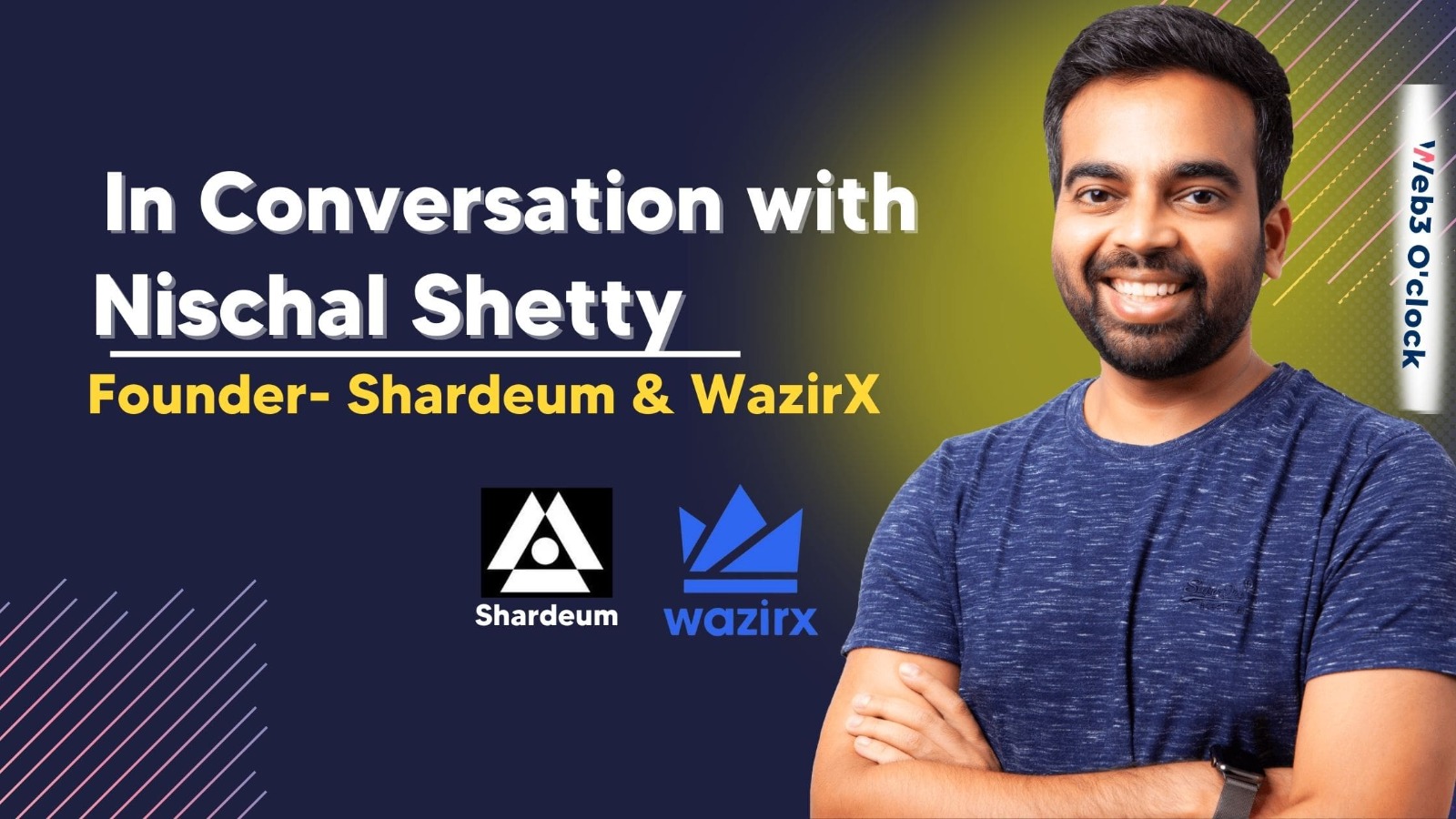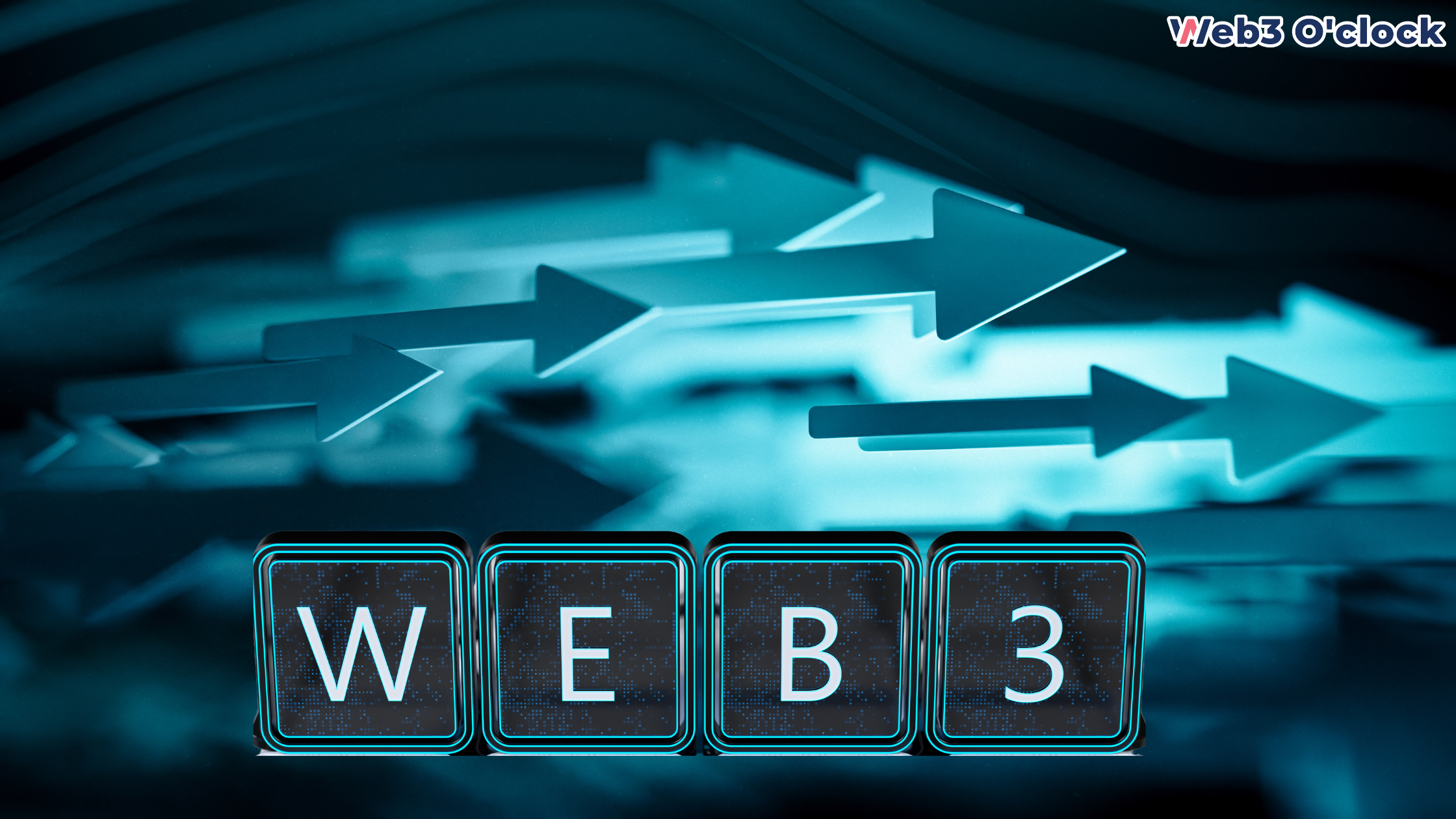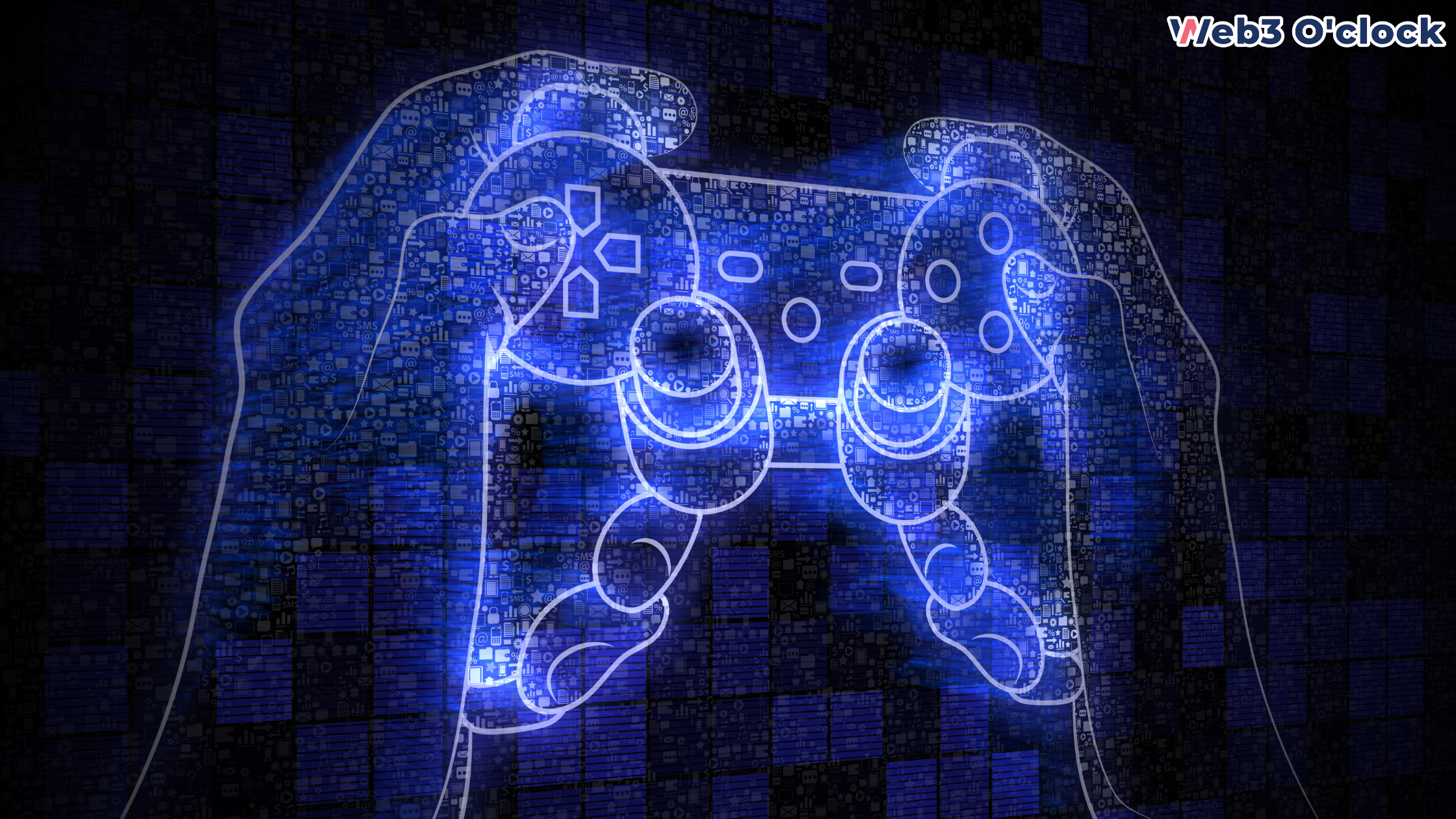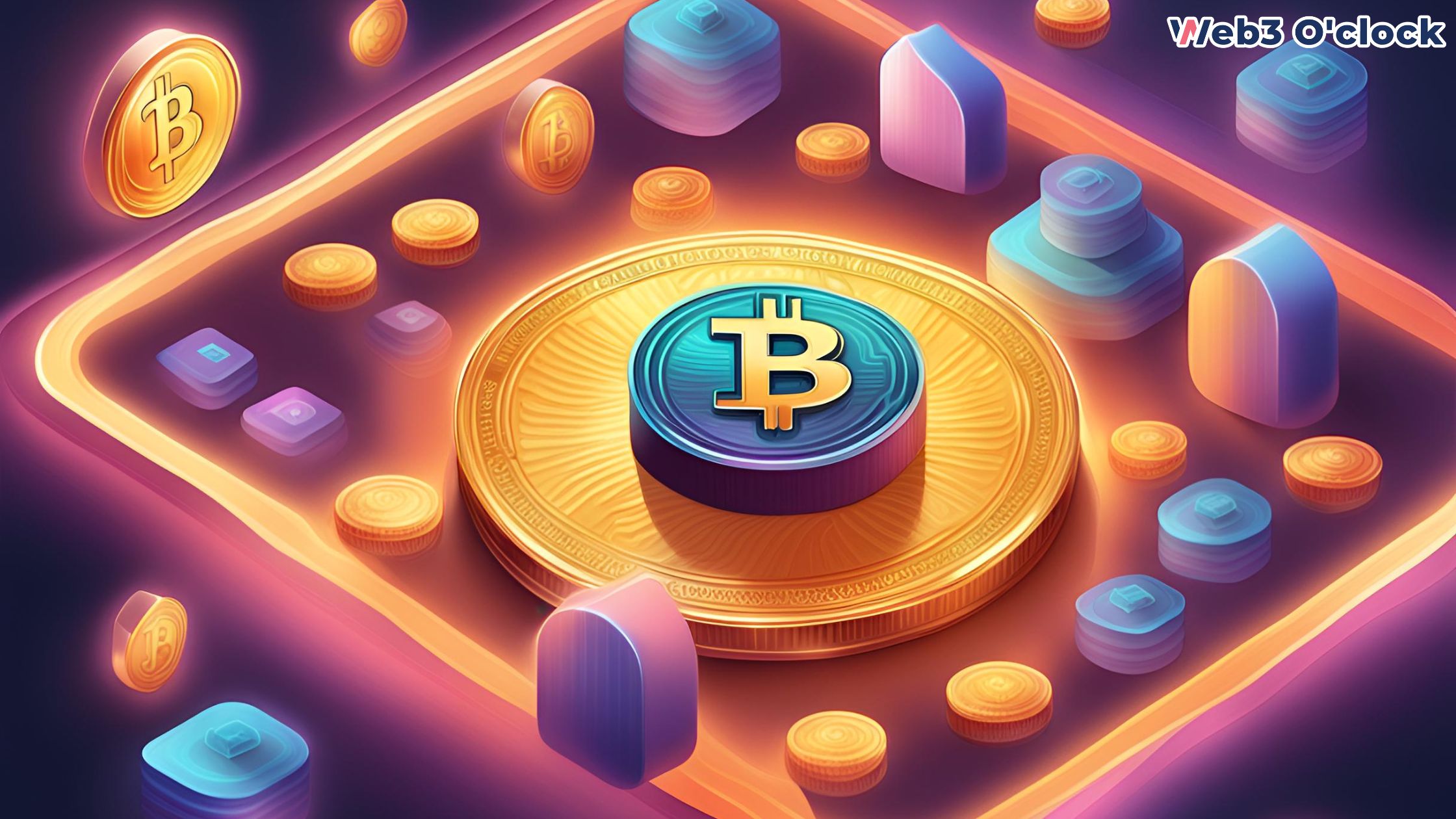In this insightful interview, we delve into the visionary journey of Anantha R Krishnan, the founder of MOI Blockchain. From his early days at Oracle to pioneering the development of Web3, Anantha shares his unique perspective on blockchain’s evolution, MOI’s mission, and its revolutionary features. Discover how MOI aims to reshape the digital landscape with a focus on enhancing user-centric value transfer and simplifying blockchain development for newcomers while fostering a connected Web3 ecosystem.
Please elaborate a little about your background and your journey from working for Oracle to founding MOI blockchain.
I am basically a computer engineer. I graduated from IIT Bombay back then I was with Oracle early on. later I was with Anderson and Accenture, handling analytics at their office based out of New York. Then I started this journey into blockchain and the whole peer-to-peer networking idea starting in 2016. At a very high level, my journey has been about understanding the technology and how to use it effectively for business value, enterprises, etc.
MOI Blockchain aims to play a significant role in the development of Web3. Could you explain MOI’s mission in the context of enhancing use cases for Web3?
Blockchain technology has evolved significantly since its inception with Bitcoin. Over the past decade, it has transitioned from primarily being associated with cryptocurrencies and single assets to becoming a fundamental technology for digitizing and tokenizing both real-world and digital assets. This transformation has led to a shift towards more peer-to-peer interactions and the integration of blockchain into everyday interactions.
In this evolving landscape, blockchain is required to adapt and incorporate a human element that offers personalization and customization, aligning it with real-world capabilities. This is where MOI (My Own Internet) Blockchain steps in with its mission.
What MOI tries to do is bring this human element into blockchain to make it more peer-to-peer human-centric and to bring that kind of personalization and customization. From the use case standpoint, it provides the kind of security and flexibility you typically expect in Real World interaction in the peer-to-peer blockchain context.
For example, the way you would pay and manage a coffee transaction would be very different when you pay and manage for purchasing a house. So there are two different interactions in real life you deal with them differently and so when blockchain gets closer and closer to being that kind of personalization, customisation, security, and scalability thats what MOI tries to bring in. To make blockchain to work in real world situations.
MOI is known for its unique features, such as contextual computation and a participant-centric focus. So, how do these features contribute to the development of a more advanced Web 3 ecosystem?
The concept of contextual computation has its roots in the idea of integrating participants into the computational process. To understand it better, let’s consider that today’s computers are built upon the concept of competitive intelligence, which was formulated nearly a century ago by Alan Turing. This concept revolves around four fundamental aspects: what data needs processing, where it should be processed, and how it should be processed.
At a high level, this is how today’s computers function. However, there is a critical dimension missing from this approach – who is processing the data? In real-world interactions, it’s not just about the what, where, and how; the identity of the entity processing the data has a profound impact. Contextual computation addresses this crucial “who” aspect, making networks highly human-centric.
For example, the way you manage vacation photos is vastly different from how you handle legal documents. Current computer systems do not distinguish this fundamental difference at the network level. Contextual computing empowers individuals to make systems participant-centric, enabling them to manage value according to their preferences. It’s not solely about how the system dictates behavior; rather, it’s about how the system adapts to meet our preferences and needs. This is the computational essence of what we aim to achieve. It constructs a narrative where, much like in real life, human beings control how everything operates.
One of MOI’s distinctive features is enabling hyper-concurrency. Could you elaborate on what hyper-concurrency means in the context of blockchain and how it benefits the Web3 landscape?
That’s an intriguing question. Before delving into hyper-concurrency, let me take a moment to explain how concurrency functions in today’s blockchain scenarios. Traditional blockchains, starting with Bitcoin, primarily focus on peer-to-peer data transfer without direct execution of smart contracts. Essentially, they use scripting languages for peer-to-peer data transfers. In the current blockchain landscape, a shared ledger exists across all nodes in the network. Transactions initiated by various participants are recorded in this ledger, and consensus is reached regarding the content of each block.
In practical terms, this means that when individuals like Alina and Susan initiate transactions and others like Pratibha and myself conduct separate transactions, they all compete to be included in the same block. Thus, concurrency is limited by the speed at which a block can be processed; this is how today’s networks operate. However, real-life interactions don’t always follow this strict order. In real peer-to-peer systems, simultaneous exchanges between different parties should occur concurrently. MOI achieves this with a creative concept called hyper-concurrency, where multiple peer-to-peer interactions can execute concurrently on the network.
What this signifies is that we’re transitioning to a digitally interconnected world with trillions of digital assets and transactions. In this scenario, achieving concurrent peer-to-peer interactions, where not every interaction needs to go through a common network block, becomes essential. Hyper-concurrency provides the capability to perform two peer-to-peer computations across the entire network simultaneously. As more nodes are added to the network, there are no inherent limits to the number of interactions that can be executed.
MOI recently launched the Babylon testnet. What role does the Babylon testnet play in advancing Web3, and how does it simplify blockchain development for newcomers?
Babylon is the second network we have launched. As part of Babylon, we introduced our proof-of-context consensus mechanism and unveiled the world’s first context-storing programming language known as COCO lang. COCO lang is a particularly intriguing language because it enables context storage in programming, making it extremely developer-friendly and secure. It’s designed as a robust and safe framework for peer-to-peer computational development.
Now, specifically addressing what Babylon does for blockchain developers and newcomers: One of the significant challenges people encounter in the blockchain space is the need to learn new languages like Solidity. While Solidity is powerful, it can be complex, and writing highly secure code is crucial, given the value managed in smart contracts. This steep learning curve can deter newcomers.
In Babylon, we’ve created an environment that’s almost a low-code or no-code platform. Many tasks related to managing and transferring digital assets can be accomplished with minimal coding. It simplifies the onboarding process, allowing individuals to get a feel for blockchain without extensive coding requirements. While Babylon leverages COCOlang for more advanced functionalities, it makes it easy for newcomers to write secure blockchain code in a straightforward manner.
Think of it as an interactive central model or a microservices approach within blockchain. Users can interact with it using low-code or no-code methods, and if needed, they can integrate it with their existing programming languages like Python or JavaScript. This flexibility ensures that individuals can manipulate the blockchain using languages they are already familiar with, gradually transitioning to COCOlang as they become more comfortable.
MOI aims to create an internet of value. Could you provide insights into what this concept entails and how it can impact Web 3 use cases?
The fundamental difference between what we are striving to achieve in Web 2 and Web 3 lies in their core objectives. Web 2 primarily revolves around information transfer, involving the exchange of files and data. This aligns with the current internet landscape, which focuses on data sharing. However, Web 3 has a more profound purpose: it aims to facilitate the transfer of value. When we mention ‘value,’ it encompasses ownership, stakes, and various forms of significance. It’s important to note that value isn’t solely economic. For instance, the exchange of ideas and emotions during a conversation also holds value. In real-life interactions, value encompasses a wide spectrum, including likes and emotions.
Web 3 envisions a system that supports multidimensional value transfers, extending beyond just cryptocurrencies. The concept of the ‘internet of value’ denotes the ability to transfer various types of value in a global, interconnected network, much like the internet itself. Currently, Web 3 is moving toward a multi-layered architecture with layers one through four. However, these layers operate as walled gardens, with validators in one layer unable to validate transactions in another, resulting in complexity.
The ‘Internet of Value,’ as MOI envisions it, involves a flat network structure with millions of nodes, enabling the transfer of any form of value. MOI’s Interaction State Machine technology, based on contextual computation, can create millions of flat networks, supporting billions of transactions. This approach simplifies the transportation of heterogeneous values in a peer-to-peer manner across these networks. By doing so, it enhances usability, simplicity, and adaptability, essentially transforming the internet into a unified value transfer network, much like the current internet facilitates data transfer.
Interoperability between different blockchains is a critical topic in Web3 discussions. MOI addresses interoperability in a unique way, fostering a connected Web3 ecosystem.
Today, interoperability is a pressing need, as people may want to build different networks for privacy or specific purposes. In the current Web3 landscape, interoperability typically occurs at the smart contract level. This means that one program communicates with another through smart contracts, where assets are held. However, this approach requires the construction of bridges between blockchains.
These bridges introduce complexity and security concerns, often leading to hacks and vulnerabilities. MOI takes a radically different approach. It ensures that your assets remain with you, and states are held at the participant level. In this model, individuals own their assets, making interoperability a natural process.
Imagine having multiple credit cards in a wallet. In today’s Web3, if you want to use a different credit card, it’s like carrying the entire wallet with you. This is because smart contracts need to know where your assets are. In MOI’s participant-centric model, assets are owned by individuals, allowing easy movement from one blockchain to another. This participant-centric approach simplifies interoperability, as long as the participant is recognized across the entire network. In contrast, the current model is system-centric, where smart contracts need extensive knowledge, creating significant challenges.
Web3 is a rapidly evolving space with its set of challenges. What do you see as the most significant challenges and opportunities for Web3 adoption in the coming years?
Web3 is undergoing rapid evolution, bringing its unique set of challenges and opportunities. This transformation is of significant scale, akin to the dot-com era, and such profound changes take time to mature.
Web3 is not about instant gratification; it’s a transformational journey that will require patience. From an industry perspective, our primary goal should be to create simple and user-friendly products. For Web3 to succeed, it must be as easy to use as the internet itself. Web2’s success stemmed from its simplicity, and the same should apply to Web3. It should be participant-centric, ensuring users have control.
Presently, blockchain and Web3 can seem complex, but this perception needs to change. Moreover, the internet is known for its democracy, allowing easy participation. While it may not always be equitable in terms of value distribution, the decentralization in Web3 has the potential to address this. It’s crucial to maintain this democratic aspect, making it accessible to all, and also ensure equitable opportunities.
One of the challenges in Web3 is simplifying the experience, fostering patience, and maintaining a democratic and equitable ethos. We must adhere to the original principles set out for Web3, striving to make it as democratic as the internet while addressing the challenges that persist in Web2.
What message would you want to convey to all the people who are trying to build in web 3 in the current market condition?
To all those who are endeavoring to build in the current Web3 market conditions, first and foremost, understand that Web3 represents a profound transformational change, so it requires patience. Web3 is not a fleeting trend; it’s a real and substantial shift.
Secondly, focus on the foundational values of Web3. It’s essential to recognize that Web3 enhances trust and facilitates value transfer in a democratic manner. The technology’s core strength lies in its ability to establish trust in a world filled with anonymous machines and participants. Therefore, the primary emphasis should be on this foundational aspect, not on other peripheral factors.
Lastly, stay focused on real and straightforward use cases. Keeping things simple and relevant is crucial. Web3’s technology is genuine, foundational, and provides the necessary trust framework required in our digitally interconnected world. So, remember to stay patient, stay focused on the core values, and concentrate on practical and straightforward use cases. Web3 is a tangible and transformative reality.










